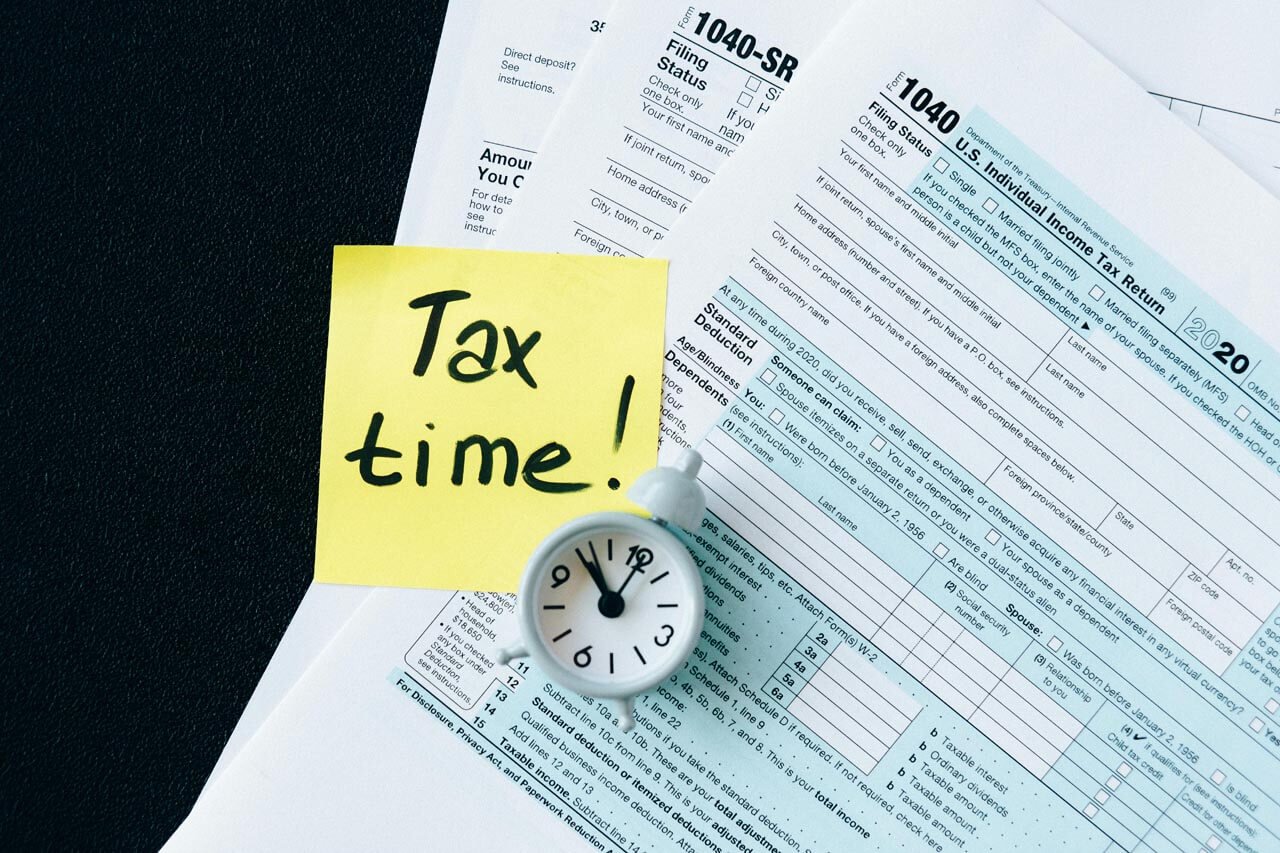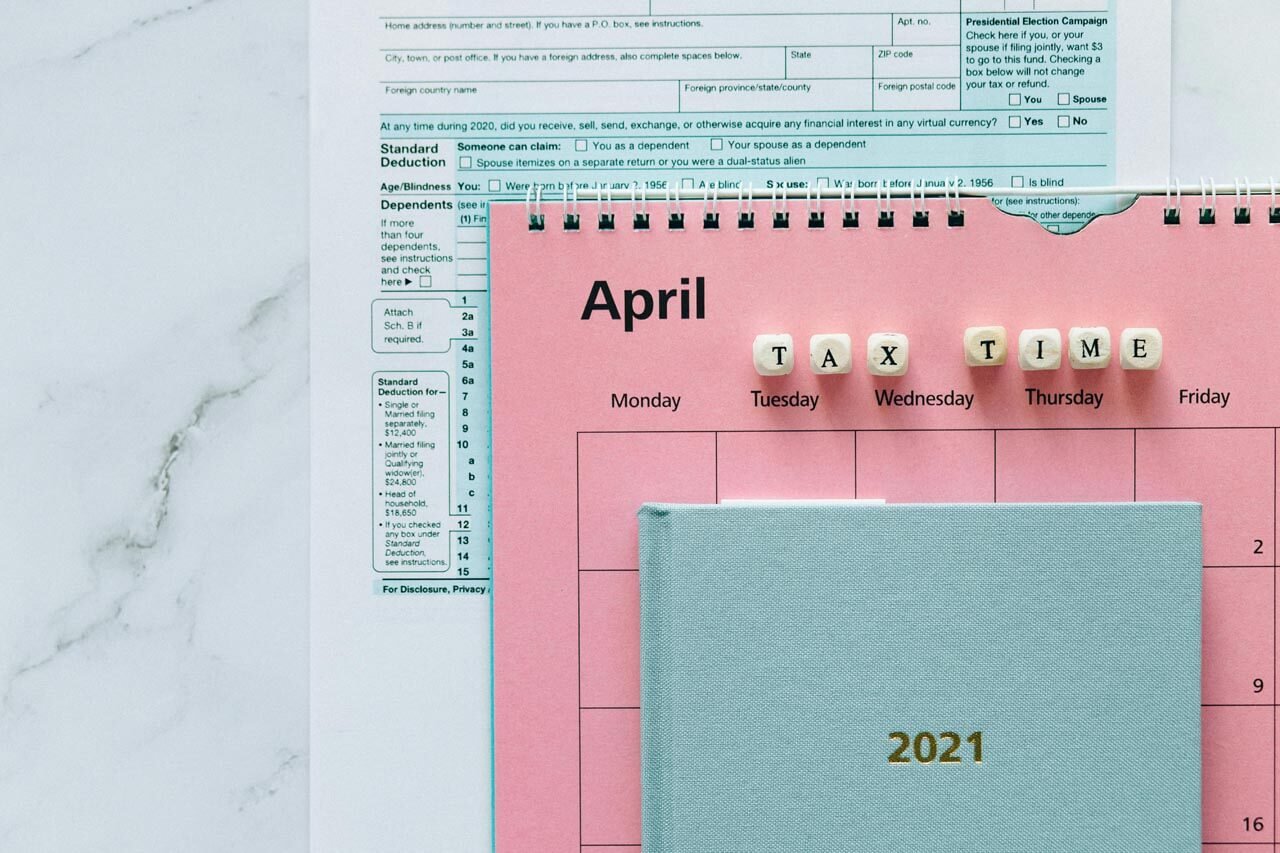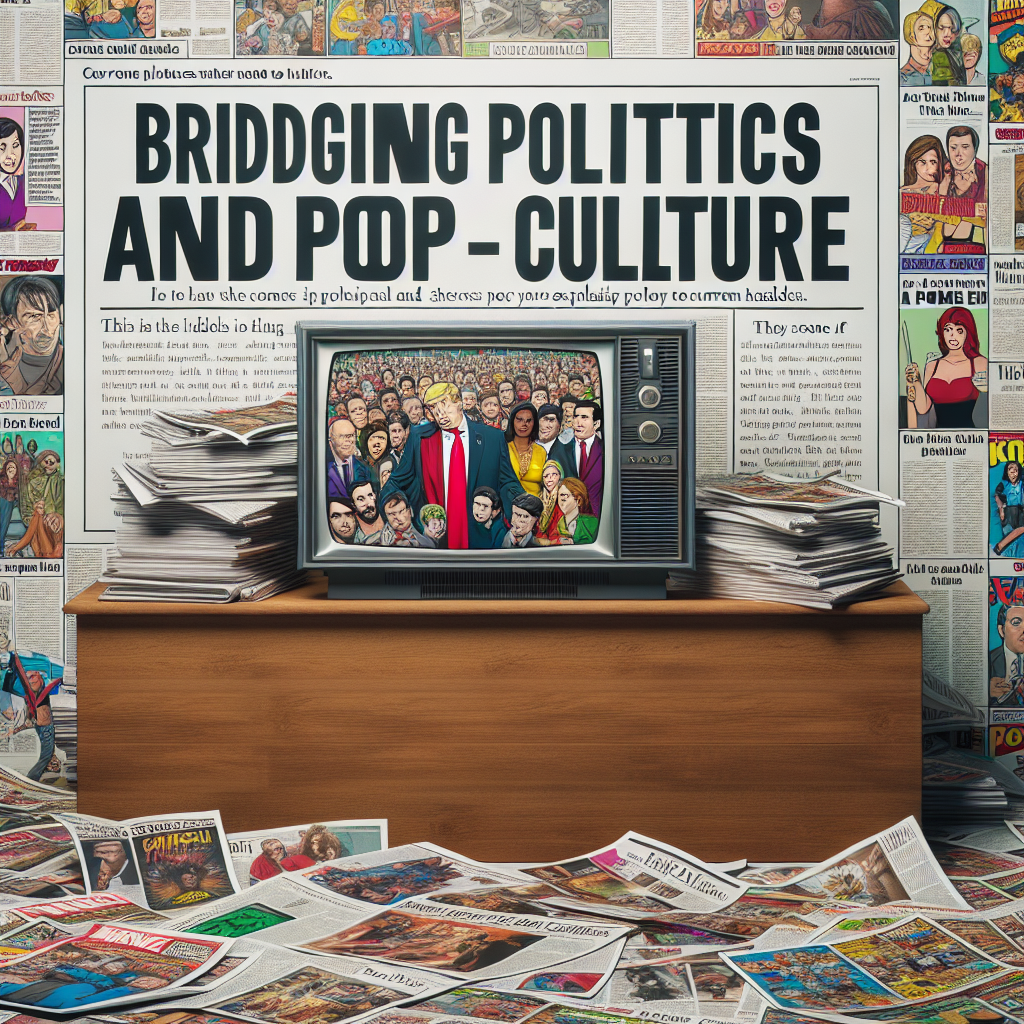Voter Suppression or Necessary Measures? The Ongoing Battle Over Election Integrity

Table of Contents
- Table of Contents
- Understanding Voter Suppression
- Necessary Measures for Election Integrity
- The Historical Context
- Key Milestones in Voting Rights History
- Current Measures and Their Criticisms
- Voter ID Laws
- Voter Roll Purges
- Polling Place Closures
- Legal Challenges and Court Cases
- The Role of Technology
- Cybersecurity Concerns
- Online Voter Registration
- Public Perception and Media Influence
- The Role of Misinformation
- Conclusion
In recent years, the topic of voter suppression versus necessary measures for election integrity has ignited passionate debates across the United States. Advocates from both sides present compelling arguments, often rooted in data, historical context, and political ideology. This article delves into this contentious issue, examining the definitions, implications, and ongoing legal battles surrounding voter suppression, while also exploring the measures deemed necessary to uphold election integrity.
Table of Contents
- Understanding Voter Suppression
- The Historical Context
- Current Measures and Their Criticisms
- Legal Challenges and Court Cases
- The Role of Technology
- Public Perception and Media Influence
- Conclusion
Understanding Voter Suppression
Voter suppression refers to various strategies aimed at discouraging or preventing specific groups of people from voting. These strategies can include strict voter identification laws, purging voter rolls, and limiting access to polling places. According to the Brennan Center for Justice, voter suppression disproportionately affects minorities, young people, and low-income individuals—groups that have historically faced barriers in accessing the ballot box.
Necessary Measures for Election Integrity
On the other hand, proponents of certain voting laws argue that these measures are necessary to prevent fraud and maintain the integrity of elections. They contend that without these safeguards, the electoral process is vulnerable to manipulation and corruption. Balancing access to the ballot with the need for security remains a contentious challenge.
The Historical Context
Understanding the current landscape of voter suppression requires a look back at the history of voting rights in the United States. The Voting Rights Act of 1965 was a landmark piece of legislation aimed at eliminating barriers that prevented African Americans from voting. However, elements of this act were weakened by the Supreme Court’s decision in Shelby County v. Holder (2013), which led to a resurgence of voter suppression tactics in various states.
Key Milestones in Voting Rights History
- 15th Amendment (1870): Granted African American men the right to vote, but many states implemented discriminatory practices to circumvent this.
- Voting Rights Act (1965): Aimed to prohibit racial discrimination in voting.
- Shelby County v. Holder (2013): Struck down key provisions of the Voting Rights Act, enabling states to impose stricter voting laws.
Current Measures and Their Criticisms
Voter ID Laws
One of the most contentious measures in recent years has been the implementation of voter ID laws. Proponents claim that requiring identification is a fundamental step in preventing voter fraud. However, studies show that voter impersonation is exceedingly rare; thus, these laws are frequently criticized as unnecessary barriers.
Voter Roll Purges
Another measure used by states involves purging voter rolls. While purges can help maintain accurate voter lists, they often lead to eligible voters being mistakenly removed. A report by the American Civil Liberties Union (ACLU) highlights how these tactics disproportionately target minority populations.
Polling Place Closures
States have also been accused of closing polling places in predominantly minority neighborhoods, leading to long lines and reduced access to the ballot. Research indicates that such actions can significantly deter voter turnout, raising concerns about their implications for democracy.
Legal Challenges and Court Cases
Numerous legal battles over voter suppression have unfolded in recent years, resulting in a patchwork of laws across the country. Some notable cases include:
-
Brnovich v. Democratic National Committee (2021): This Supreme Court case upheld Arizona’s voting laws, affecting challenges to voter ID laws and ballot collection limitations.
- Texas v. United States: A significant case surrounding the legality of mail-in voting and voter ID requirements, which is still ongoing.
These cases highlight how shifts in judicial interpretations can either bolster or undermine efforts to safeguard voting rights.
The Role of Technology
Technology plays a critical role in the ongoing debate over voter suppression and election integrity. While some advocates argue that electronic voting systems increase accessibility, others warn about the potential vulnerabilities these systems pose to election integrity.
Cybersecurity Concerns
With more states moving towards electronic voting, concerns about cybersecurity have surged. Reports indicate that the potential for cyberattacks and breaches could undermine public confidence in election results. Implementing robust cybersecurity measures is essential to protecting the integrity of elections.
Online Voter Registration
Conversely, online voter registration has simplified access for many eligible voters. By making voter registration more accessible, states can potentially increase voter turnout, which is a critical aspect of a healthy democracy.
Public Perception and Media Influence
The media plays a vital role in shaping public perception regarding voter suppression and election integrity. Coverage can often polarize opinions, particularly during election cycles. Understanding how media narratives influence public perception is crucial in this debate.
The Role of Misinformation
Misinformation regarding voting laws and election fraud has proliferated across social media platforms. This misinformation not only misguides public opinion but can also deter individuals from exercising their right to vote. Combating misinformation is essential to ensuring informed participation in the electoral process.
Conclusion
The ongoing battle over voter suppression and necessary measures for election integrity is far from settled. With legal challenges, evolving technologies, and a deeply divided public, finding a middle ground remains a formidable task.
As citizens, it is our responsibility to stay informed and actively participate in discussions surrounding voter rights and election integrity. By understanding the complexities of these issues, we can contribute to a more equitable electoral process that upholds the foundational principles of democracy.
For further insights into voting rights and elections, check our in-depth article on Election Best Practices and stay informed on the evolving landscape of voting laws.
By presenting a balanced view of voter suppression and election integrity, this article aims to foster thoughtful dialogue and encourage readers to engage with the complexities of the electoral process.
Latest Posts
Lorem ipsum dolor sit amet, consectetur adipiscing elit. Ut elit tellus, luctus nec ullamcorper mattis, pulvinar dapibus leo.
TOP NEWS
Copyright © 2025 heartlandheadlines.site | All rights reserved.



















No Comments